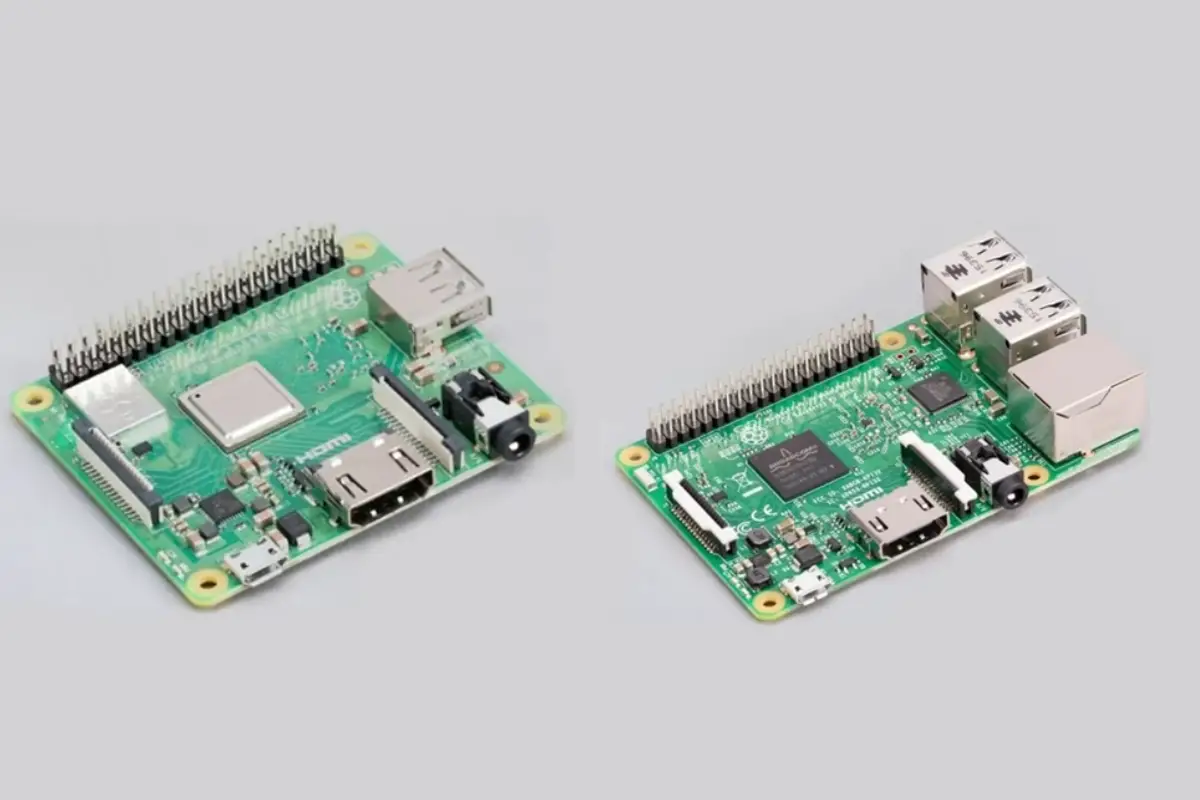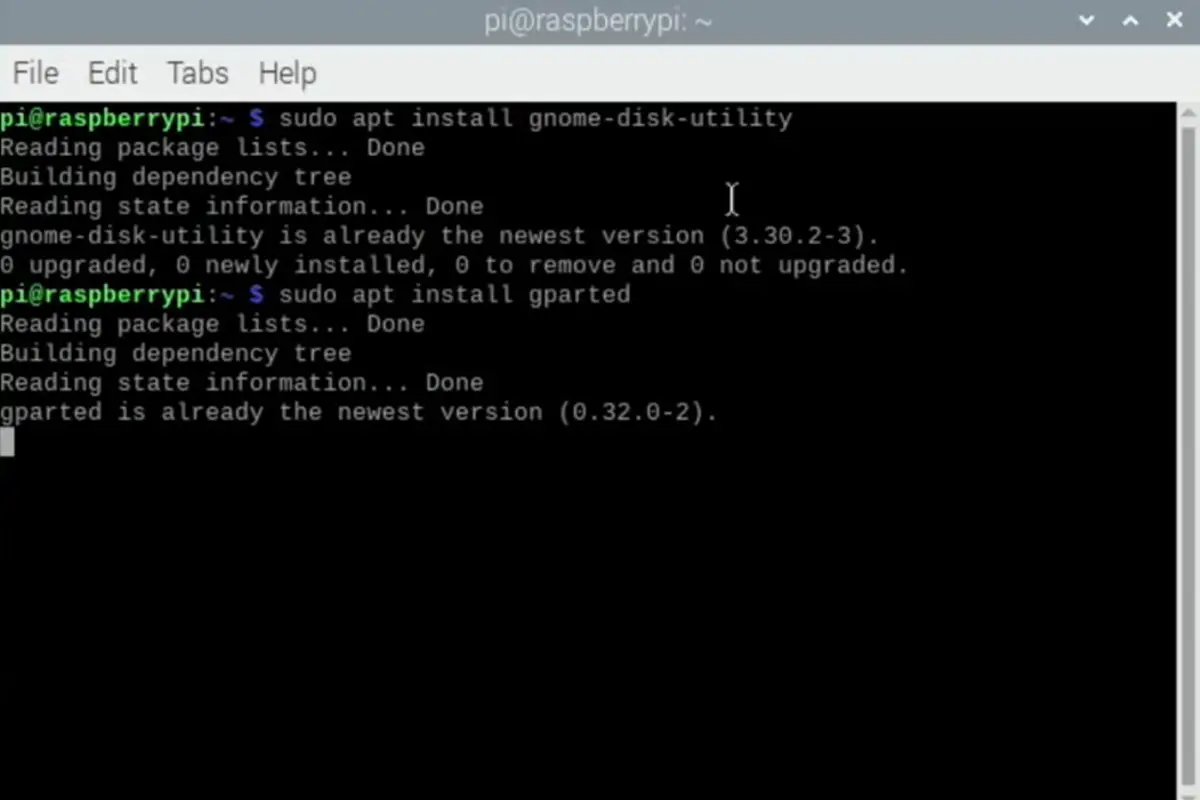Capacitors are often used in analog circuits and power supply systems. They are needed to store energy which is released when needed later.

Capacitors are often charged with resistors, but if you don’t have one, you might be wondering, how do you charge a capacitor without a resistor? You search and search to find out how you can charge energy to a capacitor without one, but never seem to find the answers that you need.
Well, no more! Keep reading to get the answers that you crave. You’ll find a step-by-step guide detailing how to charge a capacitor without a resistor below. We’ve also included answers to common questions, such as if you can use a battery to charge a capacitor or not.
How To Charge A Capacitor Without A Resistor
Here is a step-by-step guide that will tell you how to charge a capacitor without a resistor.
Step 1
Link the capacitor to a voltage outlet (see also ‘What Is AVR?‘).
Step 2
Fix a wire or any other tool that can act as an electrical switch between the ground and the charge. The switch will transport the negative charges from one side of the capacitor to the other, so make sure the connection won’t be disturbed, as this may affect the charges as they travel.
The capacitor should be able to take all of the energy that flows through it without transforming. This should occur before you try to move them again, as switches can create some resistance.
If there are too many electrons on one side, the charges will start moving through the circuit you’ve made until they equalize again.
The flow will cease once there isn’t a great voltage difference to move any more charges through.
Step 3
Once they’re charged, you can start moving the charges back across using the same switch or component.
As both of the capacitor’s ends are positive, the electrons will start moving in that direction until the charges equalize again.
This method works on the imbalance between charges, so they’re able to store energy for a long time. As long as the process isn’t disturbed, capacitors can work well to equalize power variances. They’re also good at keeping constant voltages in systems, like computers.
Tiny currents can physically damage some components within the computer if they are working at high speed.
If you charge it for a long time, it will have built up a lot of electricity. This means that if you want to receive a specific voltage from your capacitor, leave it to recharge instead of taking away any negative charges from its surface.
It’s always better for the components to rest instead of being drained all the time.
Step 4
Now you’ll need an electric probe with a high conductive level. This should make contact without affecting their journey too much.
If you can, choose a probe that links straight to the ground, so you don’t bring in any resistance.
Fix one side of the tool onto each of the capacitor’s ends, but make sure that the metal doesn’t touch each other on the inside, as this could create a short circuit.
Step 5
Gradually increase the voltage until you notice sparks on both ends. You can measure these with a voltmeter if necessary.
After they’ve completely charged up, not much current will travel out unless they can move along another route.
If there isn’t one, then nothing should occur when a resistor or LED light is attached to both sides. This is because these devices aren’t able to move negative charges between them without burning out.
Instead of being rated as to how much energy they can hold over time, capacitors are ranked in order of their maximum charge capacity.
Make sure you know what type of capacitor you have, in case you want to use it for a more practical reason.
Step 6
Now, you can remove the switch or wire as even though the plates are charged, electrons will have stopped moving between them. You might need to replace it with a device that can hold electricity, like an LED light.
If you prefer, fix one side of the device onto one of the capacitors’ ends, but make sure that the metal doesn’t contact each other on the inside, as this may create a short circuit.
Frequently Asked Questions
Get your last-minute queries answered here!
How Quickly Can A Capacitor Charge Without A Resistor?
Capacitors can charge very quickly without a resistor. If you take the resistor away, the charges will rapidly travel in and out of your circuit. It can take less than a second for capacitors to charge completely.
Capacitors can charge immediately, but it’s difficult to charge a big capacitor with the voltage from smaller ones. Resistors are like adding extra steps in between two stairs.
Whether you go up or down, they allow you to travel quickly and easily. The same is true of capacitors.
If you want a capacitor to charge rapidly using voltage from another capacitor, you need to use several capacitors in parallel. This means that the same source charges them all.
There’s no resistor between them or any other device that can direct extra energy away from them, as it’s being pushed into the circuit by the original charging outlet.
They’ll all be equally forced towards the goal of attaining the greatest potential difference altogether. To put this into perspective, imagine a crowd of people trying to escape through a doorway after it has just opened.
Can You Use A Battery To Charge A Capacitor?
You can charge a capacitor without a resistor with an AC power supply. If you only use the battery, the capacitor will take more time to charge as a DC doesn’t have a frequency. This means that there’ll be no alternating electron flow.
This changes once we add an AC signal. As the circuits contain oscillating currents with inductors and capacitors, they can be used at low-frequency response or high-frequencies in the place of resistors.
Why Does A Capacitor Need A Resistor To Charge It?
Capacitors are in-active electronic devices that store energy as electric charges. Capacitors have a positive and negative terminal, also known as the plates.
The plate’s polarity decides how much current can travel to and from it when an outside voltage lies in between.
Resistors are used to lower the current without lowering the charging rate. They do this by reducing its value while more power travels through it. This means that no heat is produced on both sides despite a large amount of electrical pressure being applied.
If a resistor isn’t used with a capacitor, you’ll be limited to the types of capacitors you can use for your task.
Conclusion
You can charge a capacitor without using a resistor, but it’s always better to use a resistor to prevent your capacitor from overcharging. You should also check the current and voltage regularly.
If a great amount of current travels through the capacitor, it may become damaged and blow up in the process.
- How To Uninstall Packages On Ubuntu - March 13, 2024
- How To Restart Ubuntu Using The Terminal - March 13, 2024
- What Is The Steam Deck | Experience Modern Handheld Gaming - March 12, 2024





![How To Use Raspberry Pi Cluster Cases (The Complete Guide) How To Use Raspberry Pi Cluster Cases [The Complete Guide]](https://raspians.com/wp-content/uploads/2022/11/How-To-Use-Raspberry-Pi-Cluster-Cases-The-Complete-Guide-150x150.jpg)


